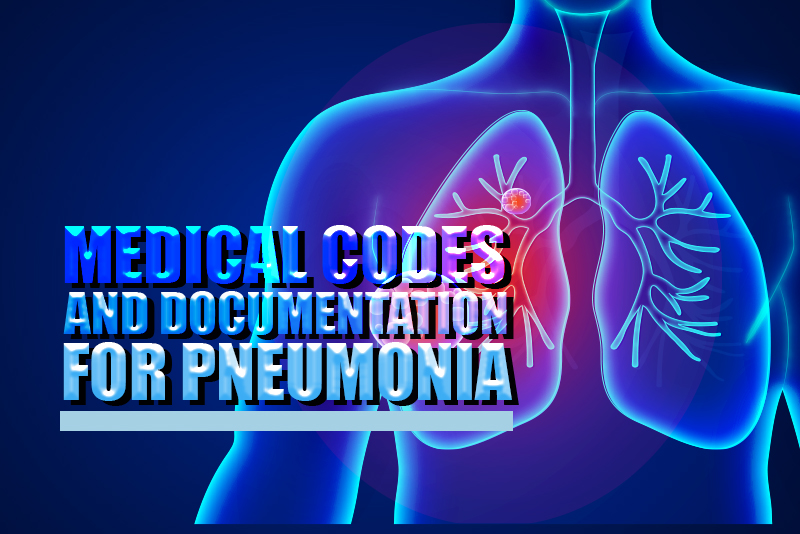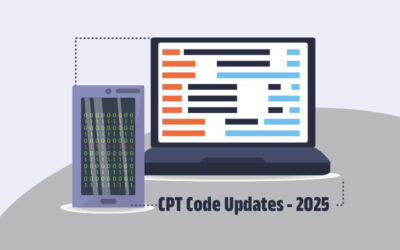A leading cause of death among children and the elderly, pneumonia is an infection that can affect one or both lungs. Caused by bacteria, viruses, or fungi, this lung infection can inflame the air sacs (alveoli) in one or both lungs. Fluid or pus accumulation in alveoli may cause cough and breathing difficulty. The condition can be contagious and can be passed on through coughing and sneezing, or touch. Typically, pneumonia is diagnosed based on a detailed medical history review and a physical exam that checks abnormal bubbling or crackling sounds that suggest the occurrence of the condition. Other tests like chest X-ray, pulse oximetry, sputum test and blood tests may be recommended for a more accurate diagnosis. Specialists providing treatment for this infectious respiratory disease can rely on medical billing companies to submit accurate claims.
Pneumonia is considered among the world’s leading causes of death in children below five years of age. It is estimated that almost 700,000 children die from pneumonia each year. In fact, it is most serious for infants and young children, people older than age 65, and people with health problems or weakened immune systems. Initial symptoms of this condition may are usually similar to that of a cold or flu but last longer. Symptoms may vary from mild to severe depending on factors such as the type of germ causing the infection, and the age and overall health of the patient. Other symptoms include – chest pain while breathing or coughing, breathlessness, vomiting, loss of appetite, fatigue, diarrhea and nausea.
ICD-10 Codes and Documentation Guidelines
Pneumonia can be community-acquired (CAP), health care-associated (HCAP), hospital-acquired (HAP), or ventilator-associated (VAP).The key to proper medical coding for pneumonia is having clinical documentation in the medical record that describes the type of pneumonia or its causal factor. Identifying the severity of the condition will help in correct code assignment, which is essential for appropriate reimbursement.
When documenting pneumonia, the specialist should ensure the documentation specifies the type and etiology to assign the most accurate code. Identifying the correct codes related to this condition can be complex as the identification of the organism is the primary factor that helps determine the type of pneumonia. Identifying all this information will influence the specific code, which in turn, will determine the patient’s risk of mortality and risk adjustment.
Pulmonary medical billing and coding can be challenging. Pulmonologists and infectious disease specialists providing treatment for pneumonia need to be correctly reimbursed for their services. Pneumonia can be caused by a bacterial, viral or fungal infection and the correct cause has to be documented using the appropriate code.
The ICD-10 codes related pneumonia come under the category J12.
- J12 Viral pneumonia, not elsewhere classified
- J12.0 Adenoviral pneumonia
- J12.1 Respiratory syncytial virus pneumonia
- J12.2 Parainfluenza virus pneumonia
- J12.3 Human metapneumovirus pneumonia
- J12.8 Other viral pneumonia
- J12.81 Pneumonia due to SARS-associated coronavirus
- J12.82 Pneumonia due to coronavirus disease 2019
- J12.89 Other viral pneumonia
- J12.9 Viral pneumonia, unspecified
- J13 Pneumonia due to Streptococcus pneumonia
- J14 Pneumonia due to Hemophilus influenza
- J15 Bacterial pneumonia, not elsewhere classified
- J15.0 Pneumonia due to Klebsiellapneumoniae
- J15.1 Pneumonia due to Pseudomonas
- J15.2 Pneumonia due to staphylococcus
- J15.20 …… unspecified
- J15.21 Pneumonia due to staphylococcus aureus
- J15.211 Pneumonia due to Methicillin susceptible Staphylococcus aureus
- J15.212 Pneumonia due to Methicillin resistant Staphylococcus aureus
- J15.29 Pneumonia due to other staphylococcus
- J15.3 Pneumonia due to streptococcus, group B
- J15.4 Pneumonia due to other streptococci
- J15.5 Pneumonia due to Escherichia coli
- J15.6 Pneumonia due to other Gram-negative bacteria
- J15.7 Pneumonia due to Mycoplasma pneumoniae
- J15.8 Pneumonia due to other specified bacteria
- J15.9 Unspecified bacterial pneumonia
- J16 Pneumonia due to other infectious organisms, not elsewhere classified
- J16.0 Chlamydial pneumonia
- J16.8 Pneumonia due to other specified infectious organisms
- J17 Pneumonia in diseases classified elsewhere
- J18 Pneumonia, unspecified organism
- J18.0 Bronchopneumonia, unspecified organism
- J18.1 Lobar pneumonia, unspecified organism
- J18.2 Hypostatic pneumonia, unspecified organism
- J18.8 Other pneumonia, unspecified organism
- J18.9 Pneumonia, unspecified organism
Treatment for this pulmonary condition aims to cure the infection. The nature of treatment will depend on the type of pneumonia a person suffers, its severity and the general health of the patient. Treatment modalities comprise medications like antibiotics and pain relievers (such as aspirin, ibuprofen (Advil, Motrin IB, others) and acetaminophen (Tylenol, others). If left untreated, pneumonia can cause complications, especially in people with weakened immune systems or chronic conditions such as diabetes.
Pulmonary medical coding services provided by AAPC-certified coders can help infectious disease specialists report the condition correctly and optimize reimbursement.




